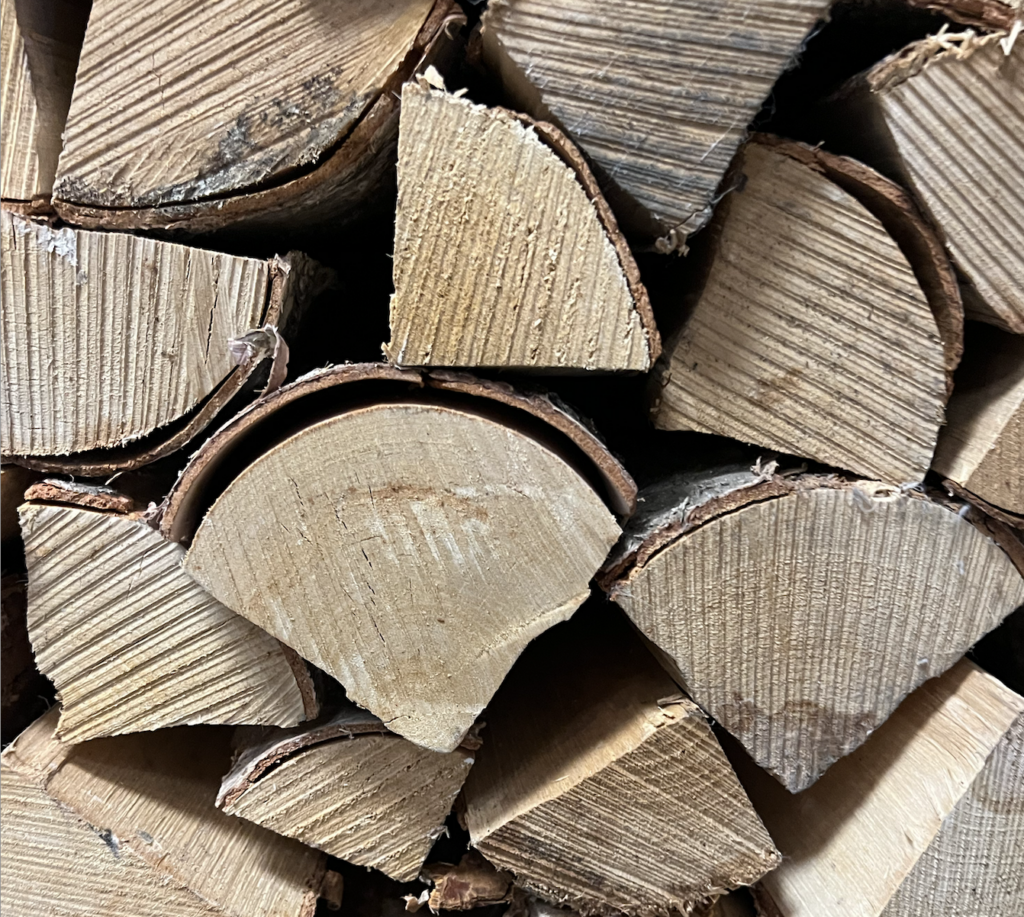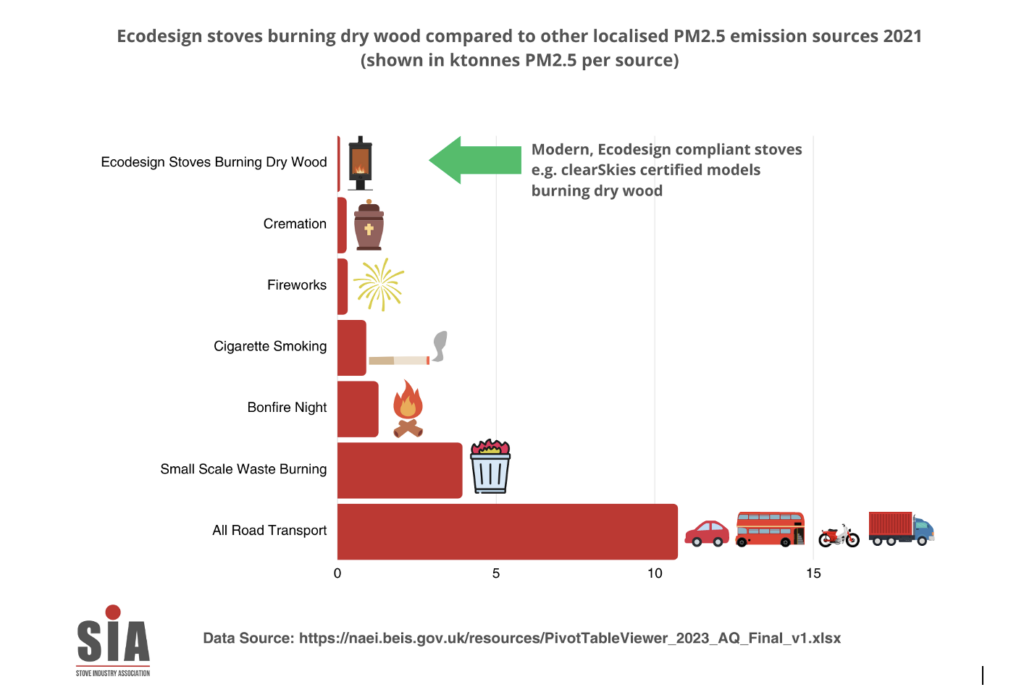Despite misleading information in some media outlets, burning firewood, if done so correctly, is highly environmentally friendly and sustainable as long as:
1. You’re sourcing wood from sustainable woodlands
2. You’re burning seasoned wood
3. You’re burning this seasoned wood on an Ecodesign stove
Woodlands MUST be sustainable. Here are a few key facts about woodlands and forests:
1. Forests cover around 30% of the world’s land area
2. Forests contain most of the world’s biodiversity and almost as much carbon as in the atmosphere
3. Directly and indirectly, forests and woodlands provide livelihoods for over one billion people
4. Forests influence the availability of water, regulates surface and groundwater flows, and also helps maintain high water quality
5. Forests and trees reduce water-related risks such as landslides, floods and droughts

Wood fuel is criticised and is given a bit of a hard time – often driven by half-truths, unscientific comparisons and myths. Here are a few questions that are asked and, perhaps more accurately, unnecessarily obsessed over.
Why not make use of all wood?
Firewood is not of a standard that could be used for cabinet making, structural work, paper making or other uses requiring quality wood. If it were, then better financial value would be gained by selling it for those purposes.
Specimen trees in their prime are not felled to burn as firewood. Firewood actually comes from forestry management, mainly thinning for growth and removal of diseased or broken trees to support healthy woodland. Managed woodland is far better at absorbing carbon than an unmanaged forest – nationally, the UK needs to get much more woodland under management to maximise its potential.
This will improve carbon absorption whilst yielding a huge amount of firewood that would otherwise rot down. Woodlands may be developed specifically for stove firewood and harvested then replanted as a crop cycle, but this doesn’t happen much in the UK.
Does forestry management reduce diversity?
When it comes to forest management and the supply of firewood – there is misplaced worry among some that broadleaf forestry management activities reduce diversity – this is entirely unfounded. According to the Small Woods Association and other sources, the opposite is true, and the reason is this: a closed canopy woodland does not allow sufficient light through to sustain much flora and fauna at ground level, whereas thinning has been shown to improve biodiversity by encouraging life throughout both canopy and ground levels. Good forest management is beneficial for firewood supply, fast timber bulk growth, replenishment and biodiversity.
Is using wood for stoves the same as using wood for power stations?
No. Whilst it might not be great to ship huge quantities of wood chips around the world for power stations, using a local supplier of logs for your stove is good. Displacing electricity or gas with local wood reduces overall carbon emissions and keeps the economic benefits of the trade within the community.
Do Ecodesign stoves emit more fine particles than transport?
No – and when media sources try to make comparisons, this is based on comparing incomparable data. Transport produces far more emissions than wood burning in Ecodesign stoves nationally. DEFRA data shows the contribution of Ecodesign stoves burning dry wood is around 0.09% of total UK PM2.5 emissions. Old stoves and open fires need urgent replacement with Ecodesign stoves to reduce emissions substantially. Even cremation and smoking produce more PM2.5 every year.

Can you grow your own firewood?
It’s certainly not realistic for all, but there are people who can and do grow their own firewood. Using the Coppice Rotation Method means you can actually produce a good amount of wood in a short period of time. Coppicing is a method of managing woodlands that focuses on the capacity of many species of trees to put out new shoots from their stump or roots when they are cut down.
In a coppiced wood, young tree stems are repeatedly cut down to almost ground level, leaving a stump. After a few years, new growth shows, making harvesting possible again. Pollarding is a similar process carried out at a higher level on the tree.
You don’t need acres of woodland, as you would imagine. As little as 10 x 15m space (half the size of an allotment) would provide around one tonne of firewood every five years. This means a very healthy supply of firewood each year, around 200kg, which is more than enough for most households over the winter months. This is a sustainable, environmentally friendly and free way to keep warm!
Please talk to us if you have any further questions about wood you would like answering.








